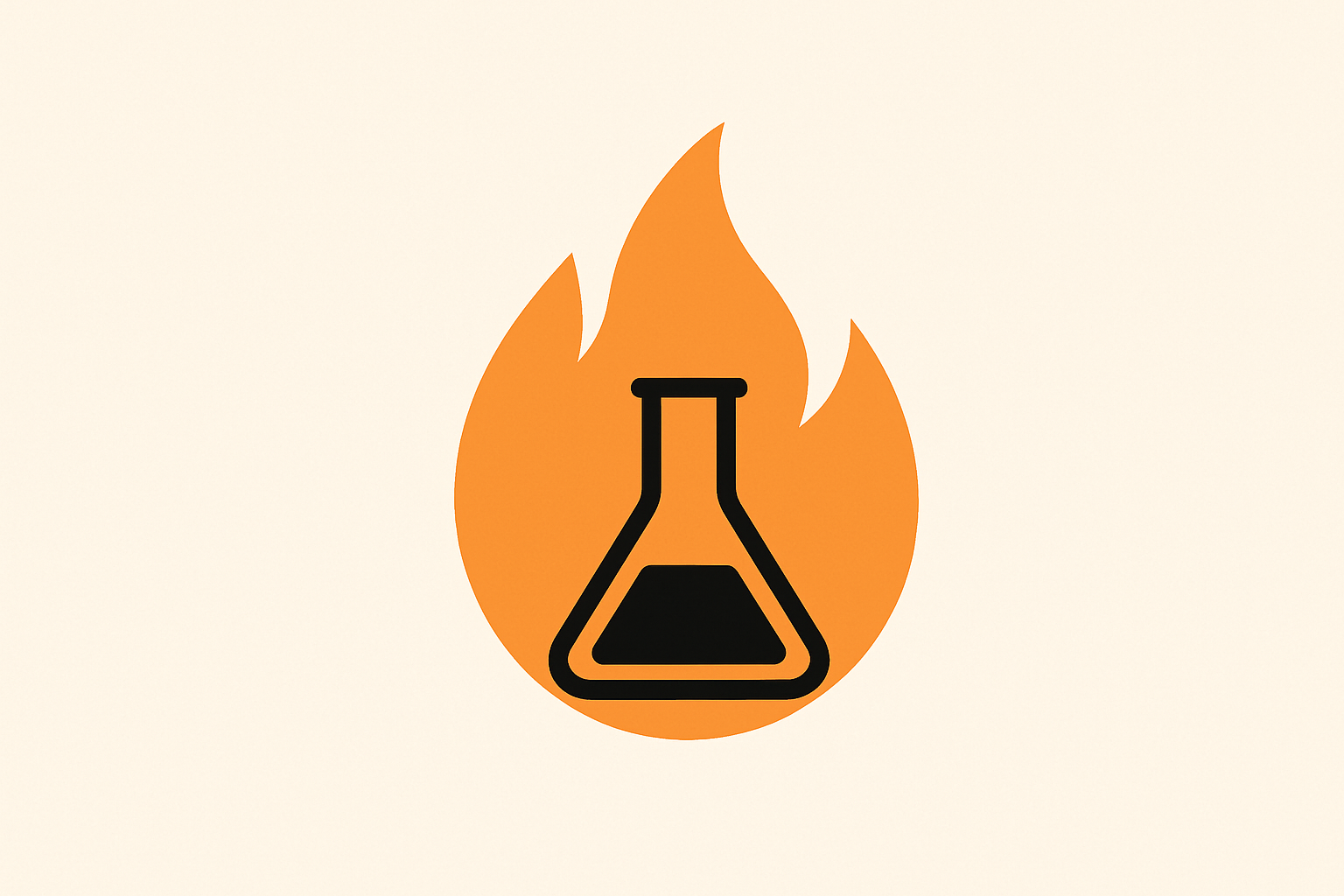Publication date: 2025-05-07
Plastic pyrolysis is a chemical recycling technology gaining importance in the context of recycling challenging fractions: multilayered, contaminated, and unsortable. For companies producing plastic packaging, such as Uniplast – manufacturer of HDPE and LDPE plastic bags, understanding the possibilities of pyrolysis is strategically significant. This process allows partial closure of the material loop where mechanical recycling becomes inefficient.
What is Plastic Pyrolysis?
Pyrolysis is the decomposition of plastics at temperatures between 350–750°C in an oxygen-free environment. It results in:
- pyrolysis oil – a feedstock for further processing or fuel,
- combustible gas – used to sustain the process,
- solid residues – mainly in the form of char.
Pyrolysis does not replace traditional recycling but can support the recovery system in cases where plastics are unsuitable for mechanical processing.
When is Pyrolysis Applicable?
According to industry data and scientific studies, pyrolysis is applicable for:
- multilayer packaging (PET/PE, PA/EVOH),
- contaminated plastic bags and tapes post-use,
- industrial and consumer plastic waste that cannot be effectively sorted,
- mixed fractions from municipal sorting facilities.
Companies like Uniplast, offering recycled HDPE and LDPE plastic bags, must consider which types of plastics have real recycling potential and which can be directed to chemical recovery.
Main Limitations of Pyrolysis
The technology of pyrolysis still faces several barriers:
- High installation and operational costs – lack of profitability at low scale.
- Variable quality of pyrolysis products, depending on the type of plastic.
- Low material efficiency – only 30–50% of the input mass converts to oil.
- Unregulated legal status of pyrolysis oil (product or waste?).
- Lack of secondary market buyers in some local markets.
Efficiency and Environmental Impact
Studies show that:
- the process requires significant energy input,
- emissions of volatile organic compounds occur,
- products often require further purification before reuse.
Industrial Application
Although chemical recycling is widely discussed, most pyrolysis installations today operate at pilot or semi-industrial scale. In Europe, pilot projects are underway, but commercial implementations are still limited. There is also a lack of guidelines regarding the use of pyrolysis oils in the production of new plastic packaging.
repozytorium.bg.ug.edu.pl
Connection to Plastic Bag Production
In the context of the increasing amount of hard-to-process packaging waste, products like HDPE and LDPE plastic bags from Uniplast have a significant advantage: they are fully compatible with mechanical recycling.
Unlike multilayer "eco" packaging (PET/PE, PLA/PE, paper composites), which cannot be separated or effectively recovered, monomaterial plastic bags made from HDPE, LDPE, or Uniplast's recyclates:
- can be sorted,
- can be regranulated,
- genuinely return to the loop, including in our own production.
This makes them a practical example of a closed-loop system, without the need for costly and energy-intensive pyrolysis or incineration.
It's worth emphasizing: a recoverable and reusable package makes more environmental sense than a seemingly "eco" product that cannot be processed at all.
Summary
Plastic pyrolysis is a chemical decomposition process used for plastics that are difficult to process mechanically.
It is applicable for multilayer films, contaminated bags, and unsortable fractions.
Its development requires regulatory support, industrial scale, and product uptake.
Producers like Uniplast can align with the circular economy by designing easily recyclable bags and utilizing recyclates.






